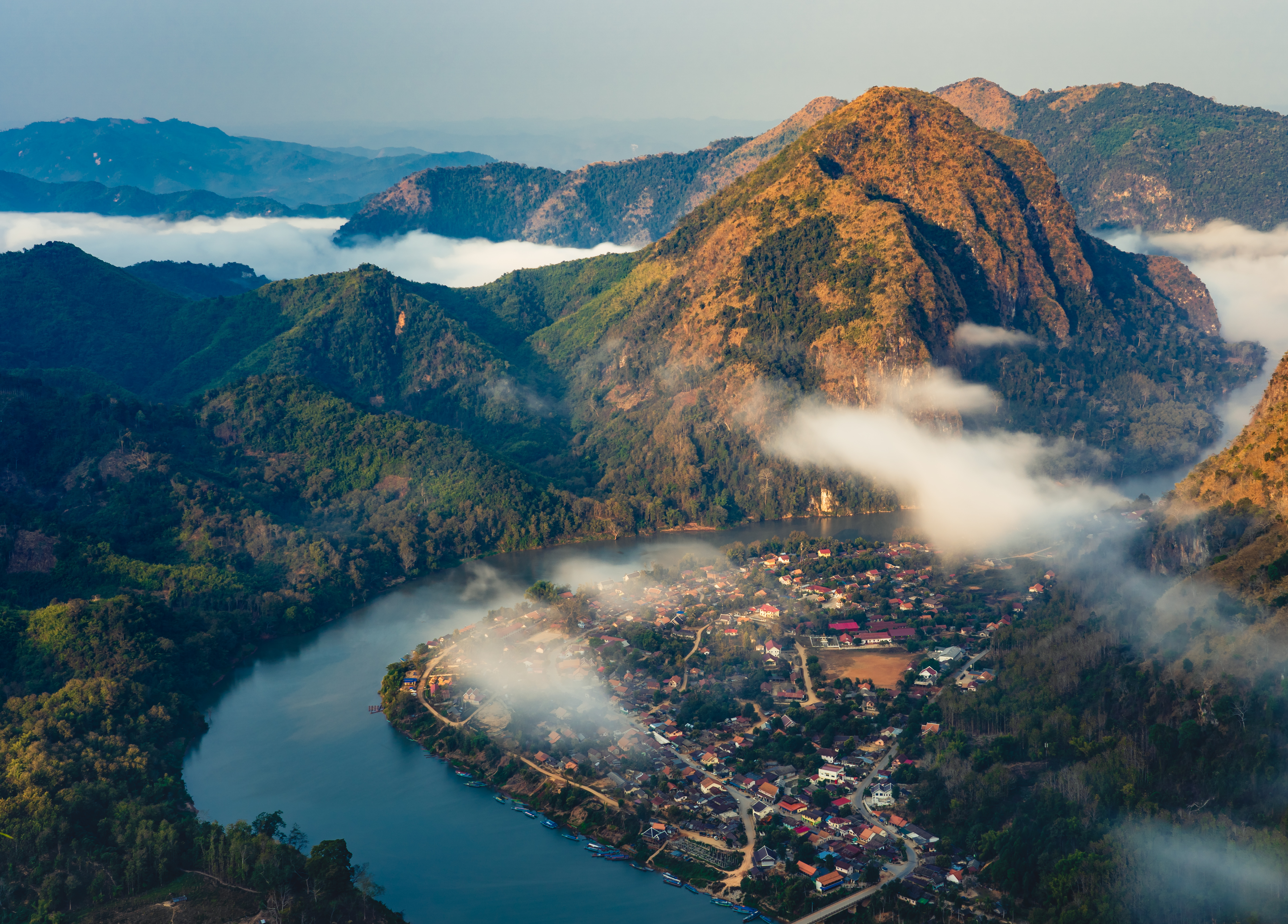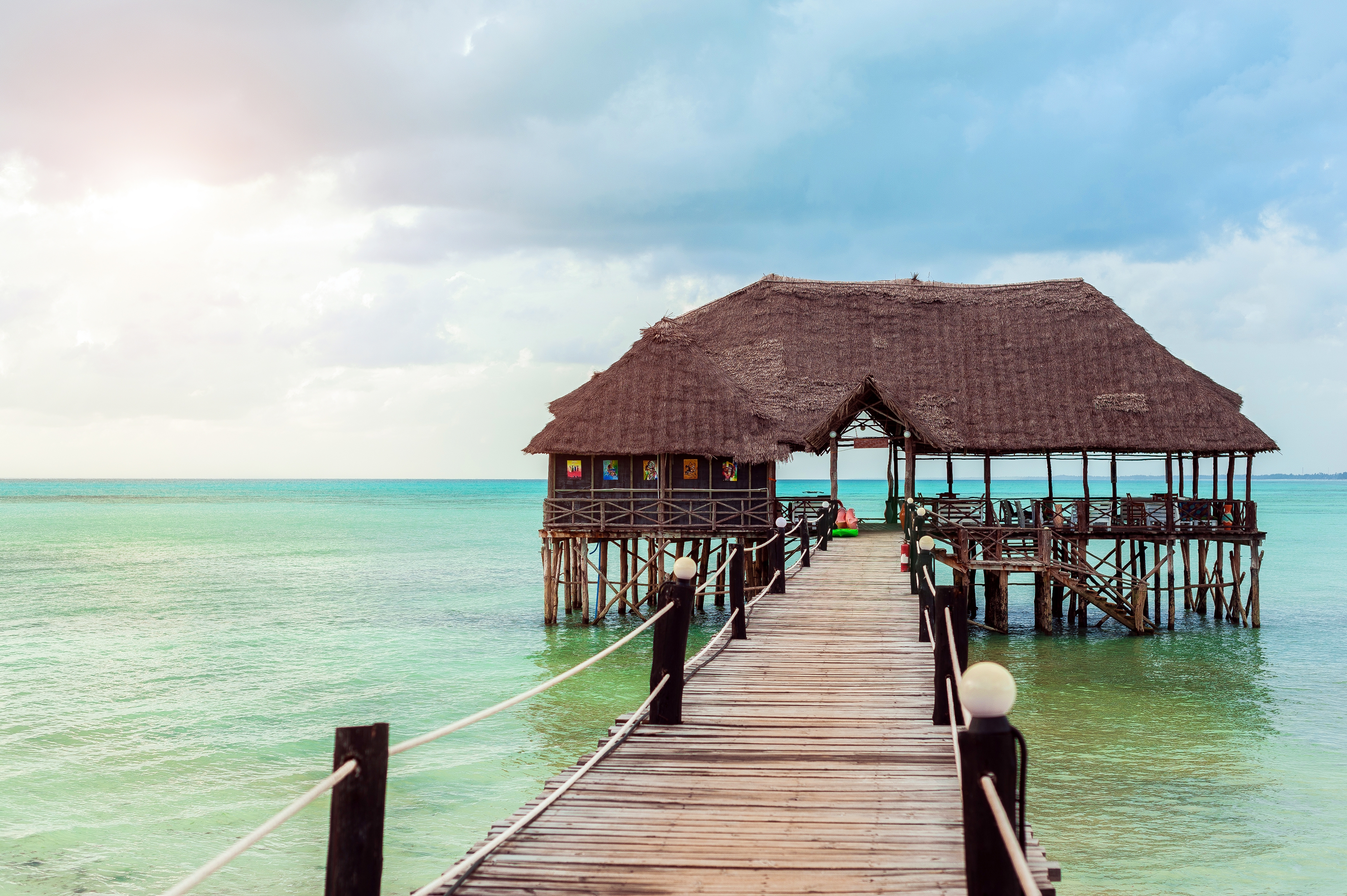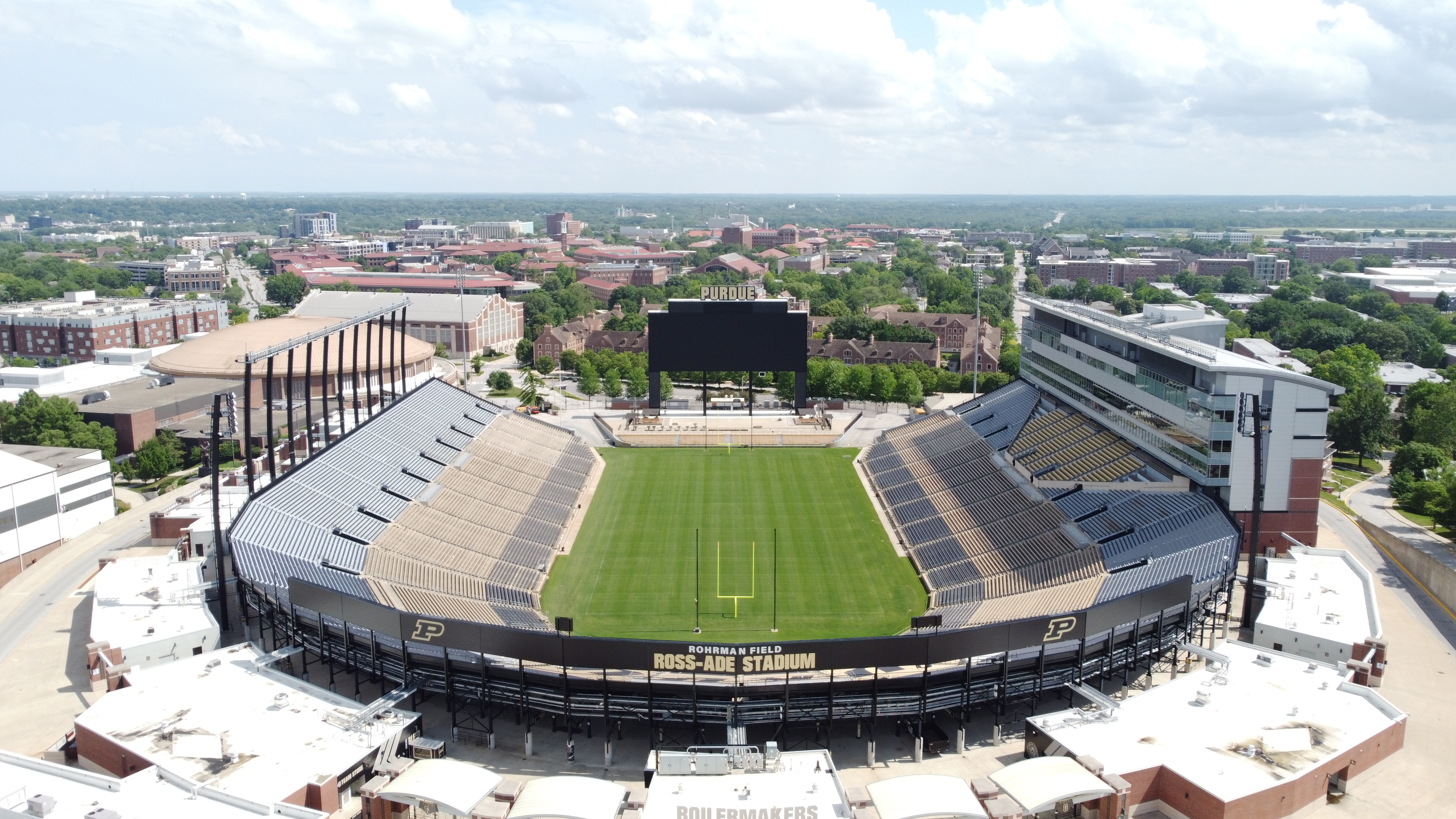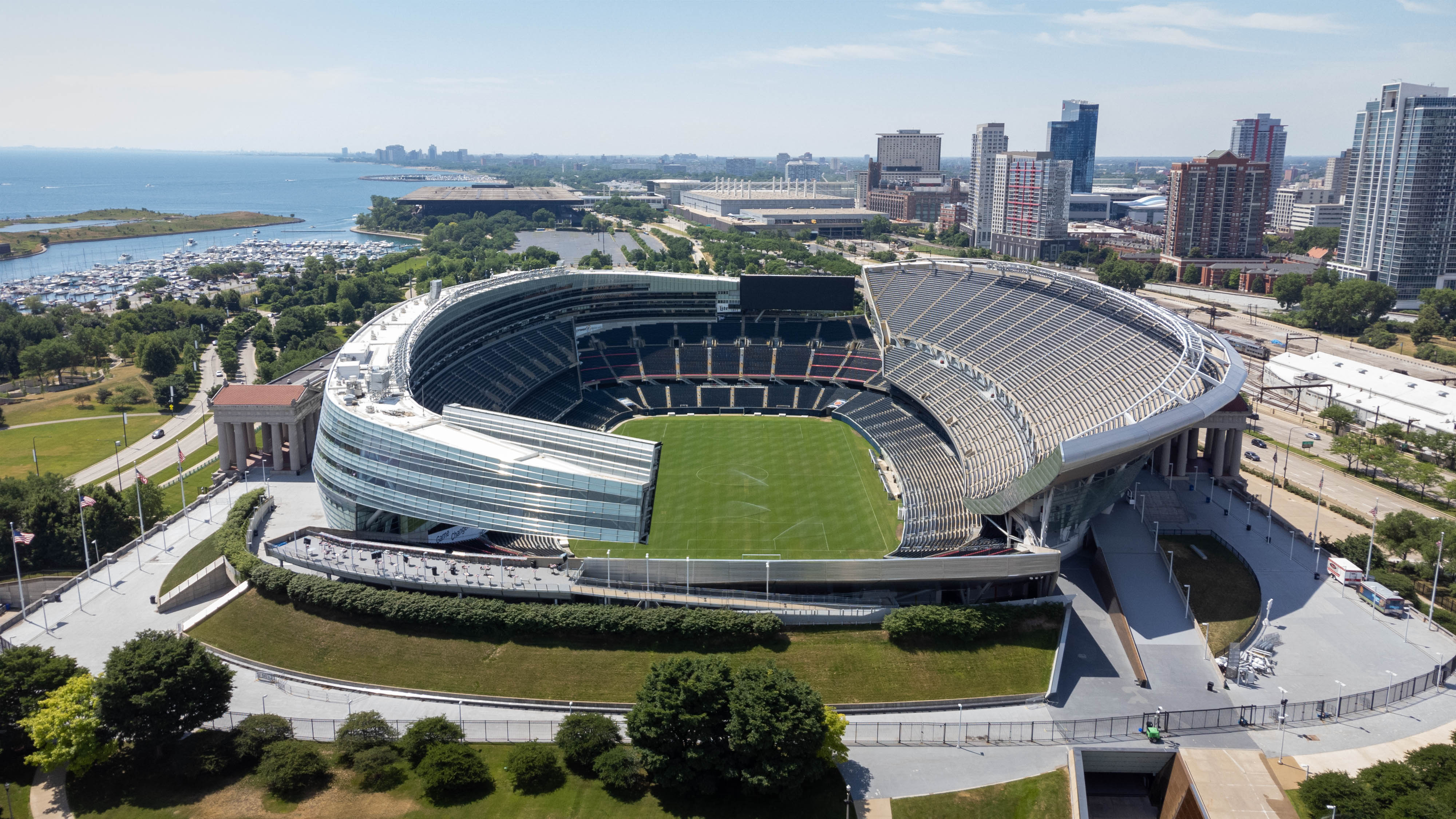The 15 Largest Stadiums in Asia: Where Size Meets Spectacle
Asia, a continent renowned for its diverse cultures and rapid modernization, is also home to some of the most colossal and technologically advanced stadiums in the world. These architectural marvels are not just venues for sports but are iconic landmarks that symbolize the region's economic prowess and cultural heritage. From the bustling metropolis of Tokyo to the historic city of Beijing, these stadiums are designed to host millions of spectators, offering them an unforgettable experience where size truly meets spectacle. As we delve into each section, you'll discover how these structures are more than just buildings; they are the heartbeats of their respective cities, bringing people together in celebration of athletic excellence and unity.
1. The Bird's Nest: Beijing National Stadium's Architectural Brilliance
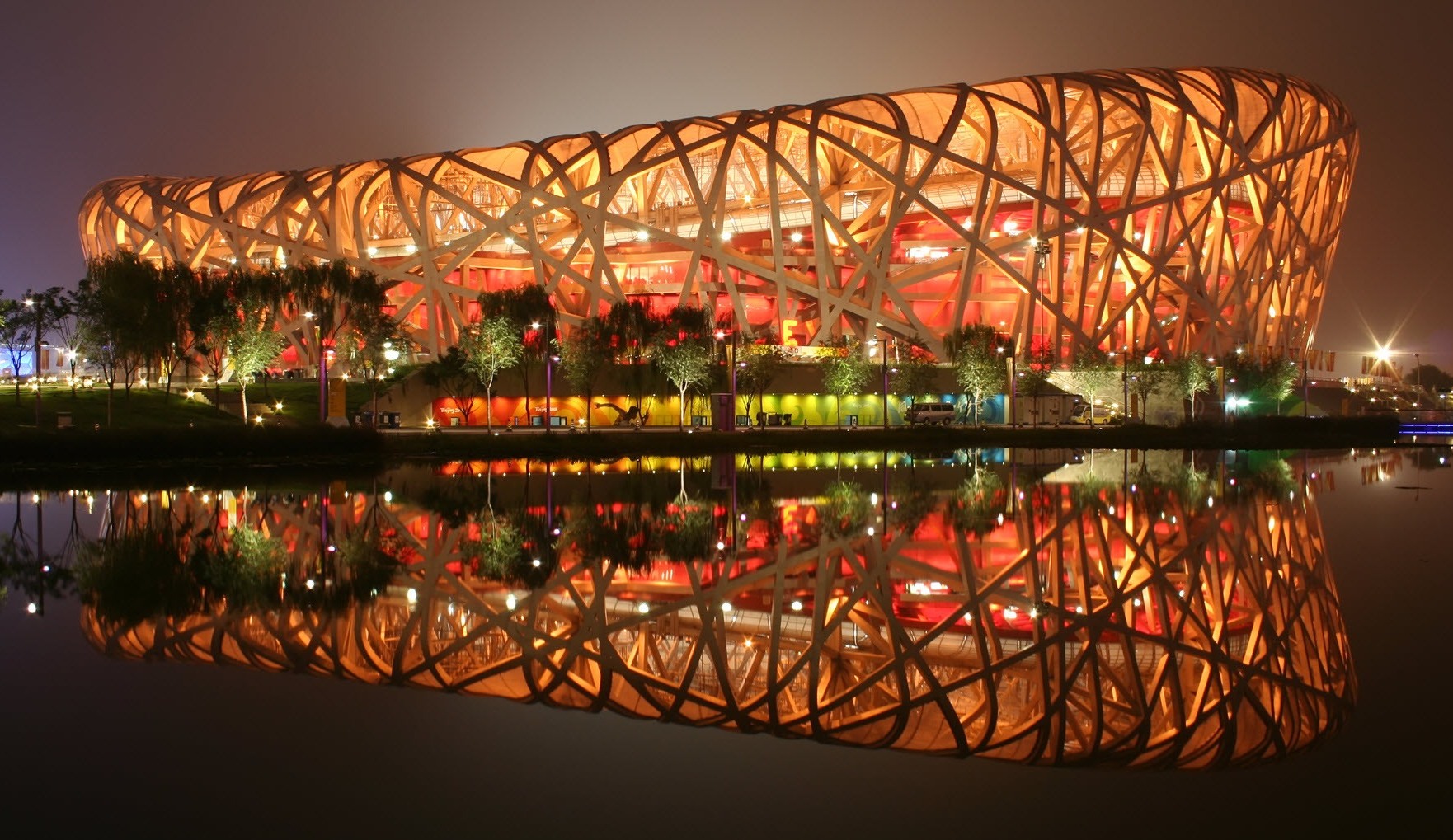
The Beijing National Stadium, famously known as the Bird's Nest, is an architectural masterpiece that captured the world's attention during the 2008 Summer Olympics. Designed by Swiss architects Herzog & de Meuron, the stadium's unique structure resembles a bird's nest, symbolizing a cradle of life and hope. Its intricate steel lattice design not only provides aesthetic appeal but also serves functional purposes, such as supporting the retractable roof. The Bird's Nest can accommodate over 80,000 spectators, making it one of the largest stadiums in Asia. Beyond its architectural brilliance, the stadium holds cultural significance as a symbol of China's emergence as a global power. It continues to host major sporting events and concerts, drawing visitors from around the world who marvel at its grandeur and innovative design.
2. Tokyo's National Stadium: A Modern Marvel in the Heart of Japan
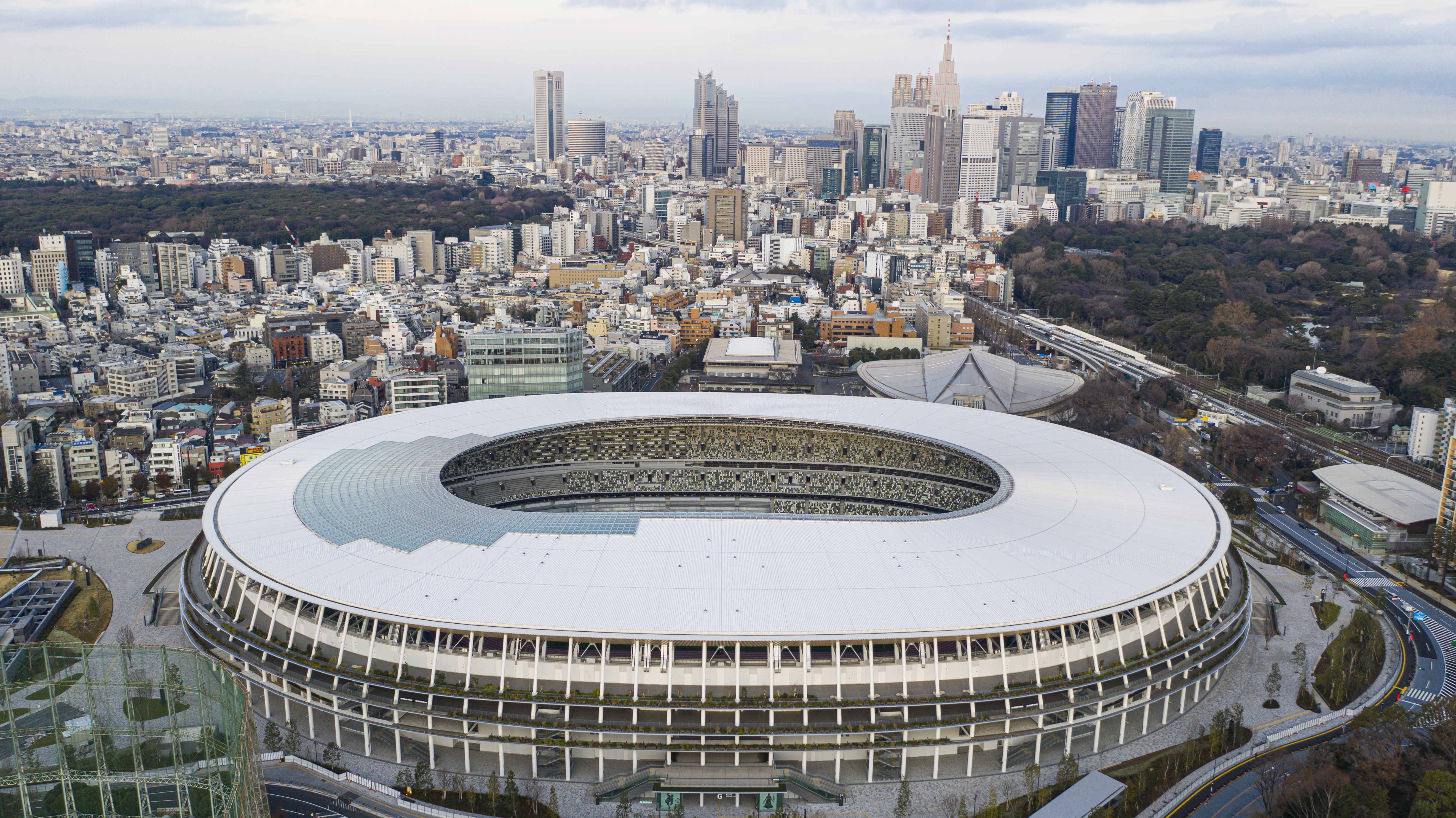
Tokyo's National Stadium, rebuilt for the 2020 Summer Olympics, stands as a beacon of modern architecture and sustainability. Designed by renowned architect Kengo Kuma, the stadium emphasizes harmony with nature, featuring wooden lattice designs and lush greenery. With a seating capacity of 68,000, it seamlessly blends traditional Japanese aesthetics with cutting-edge technology. The stadium is equipped with state-of-the-art facilities, including a 4K video screen and an advanced cooling system to ensure spectator comfort. Beyond sports, it serves as a cultural hub, hosting concerts and events that celebrate Japan's rich heritage. The National Stadium is a testament to Japan's commitment to innovation while preserving its cultural identity, offering a unique experience where tradition meets modernity.
3. Rungrado 1st of May Stadium: The World's Largest Sports Arena
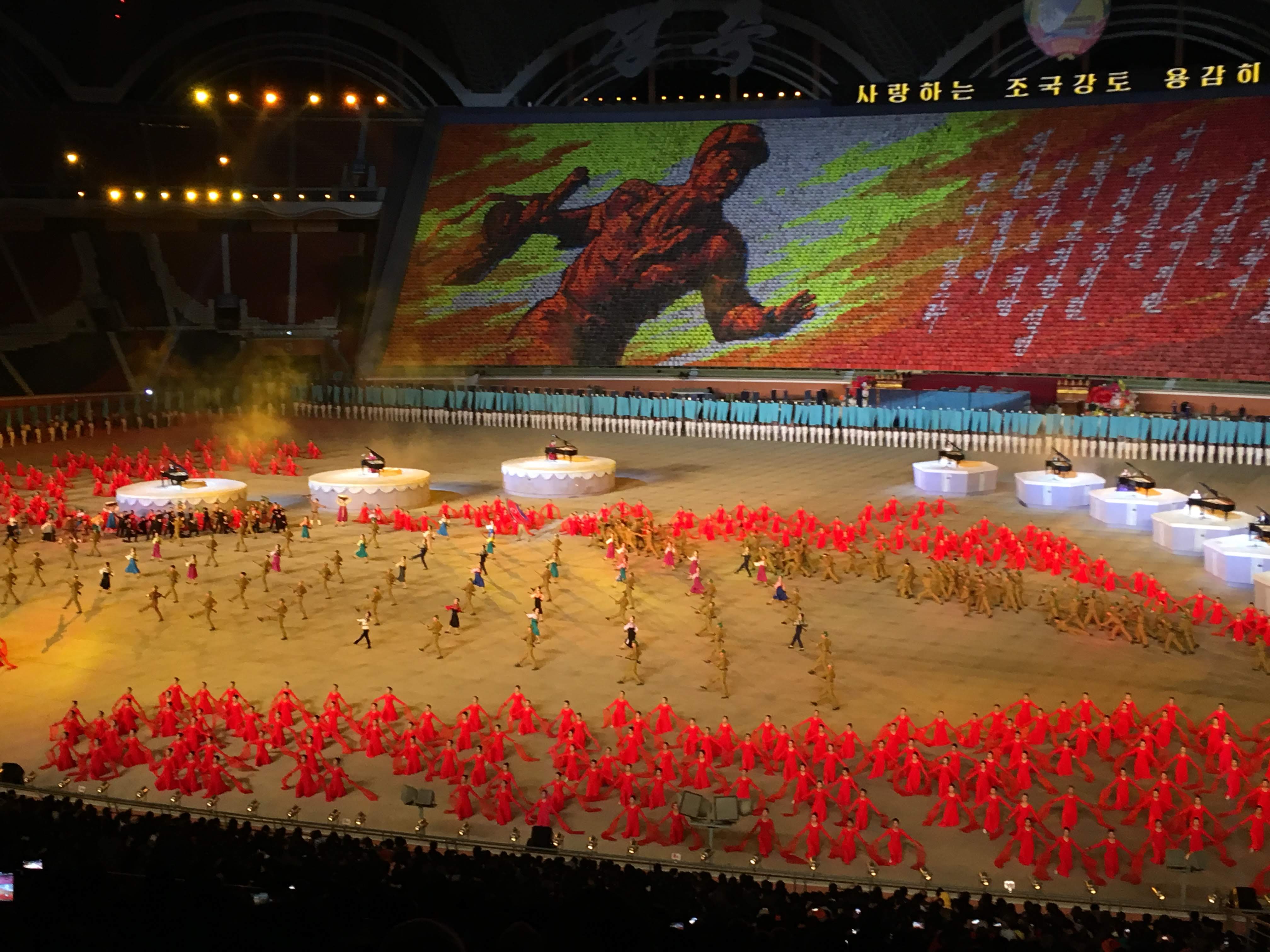
Located in Pyongyang, North Korea, the Rungrado 1st of May Stadium is the largest sports arena in the world, with a staggering capacity of 114,000 spectators. Opened in 1989, the stadium is an architectural feat, featuring a scalloped roof design that resembles a magnolia blossom. It serves as the venue for the Arirang Mass Games, a grand spectacle of gymnastics and artistic performances that showcase North Korea's cultural pride. Despite its political associations, the stadium's sheer size and grandeur are undeniable, making it a subject of fascination for sports enthusiasts and architects alike. The Rungrado 1st of May Stadium is a symbol of North Korea's ambition and serves as a reminder of the power of sports to unite people, even in the most isolated regions.
4. Salt Lake Stadium: A Football Fortress in India's Sporting Landscape
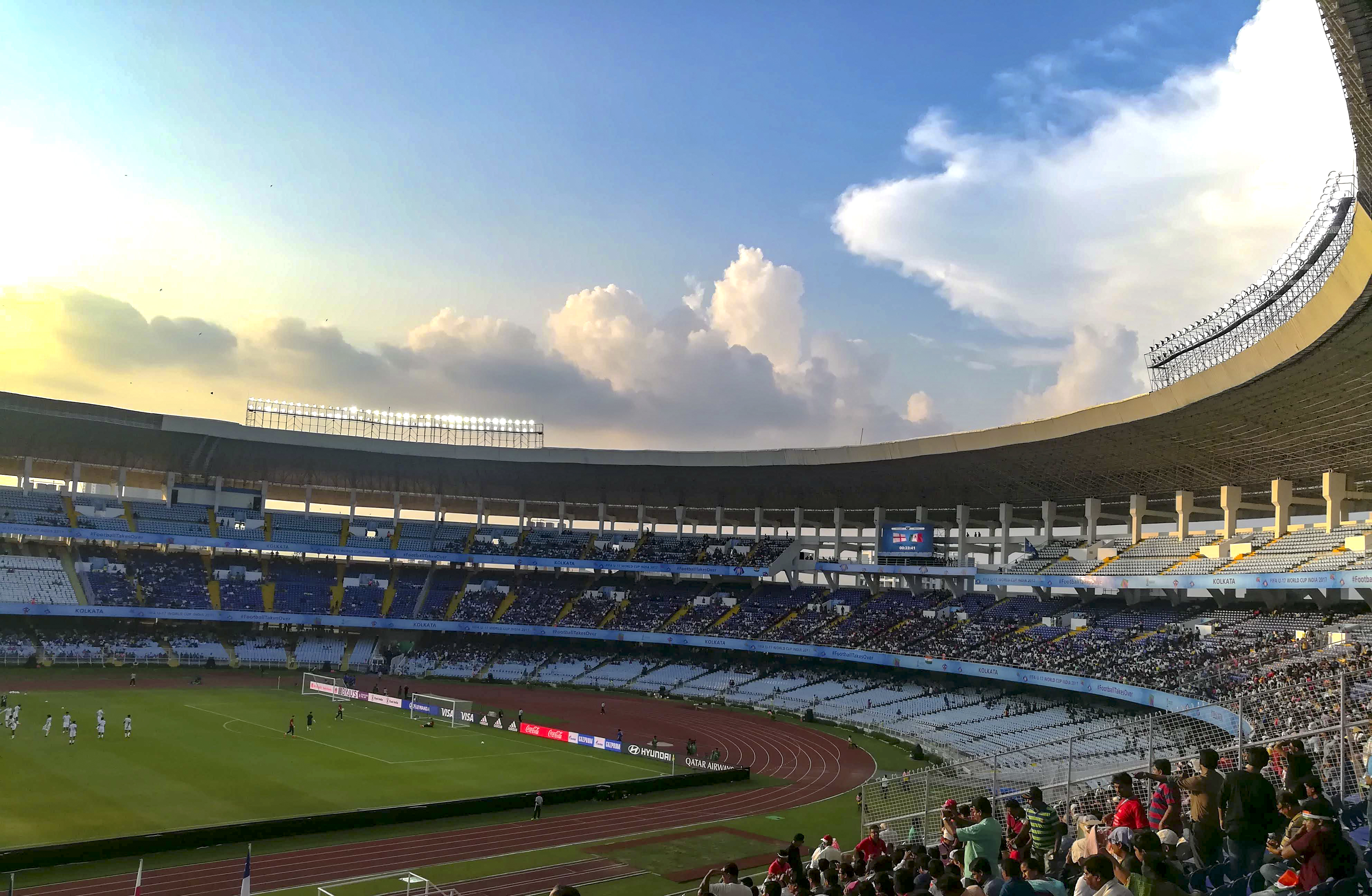
Salt Lake Stadium, officially known as Vivekananda Yuba Bharati Krirangan, is a monumental sports arena located in Kolkata, India. With a seating capacity of 85,000, it is the largest stadium in India and one of the largest football stadiums in the world. Opened in 1984, it has been the epicenter of Indian football, hosting numerous domestic and international matches, including the FIFA U-17 World Cup. The stadium is a fortress for local football clubs like Mohun Bagan and East Bengal, whose passionate fans create an electric atmosphere. Salt Lake Stadium is more than just a venue; it is a symbol of Kolkata's rich football culture and the growing popularity of the sport in India. Its recent renovations have modernized its facilities, ensuring it remains a premier destination for football enthusiasts.
5. Bukit Jalil National Stadium: Malaysia's Pride and Joy
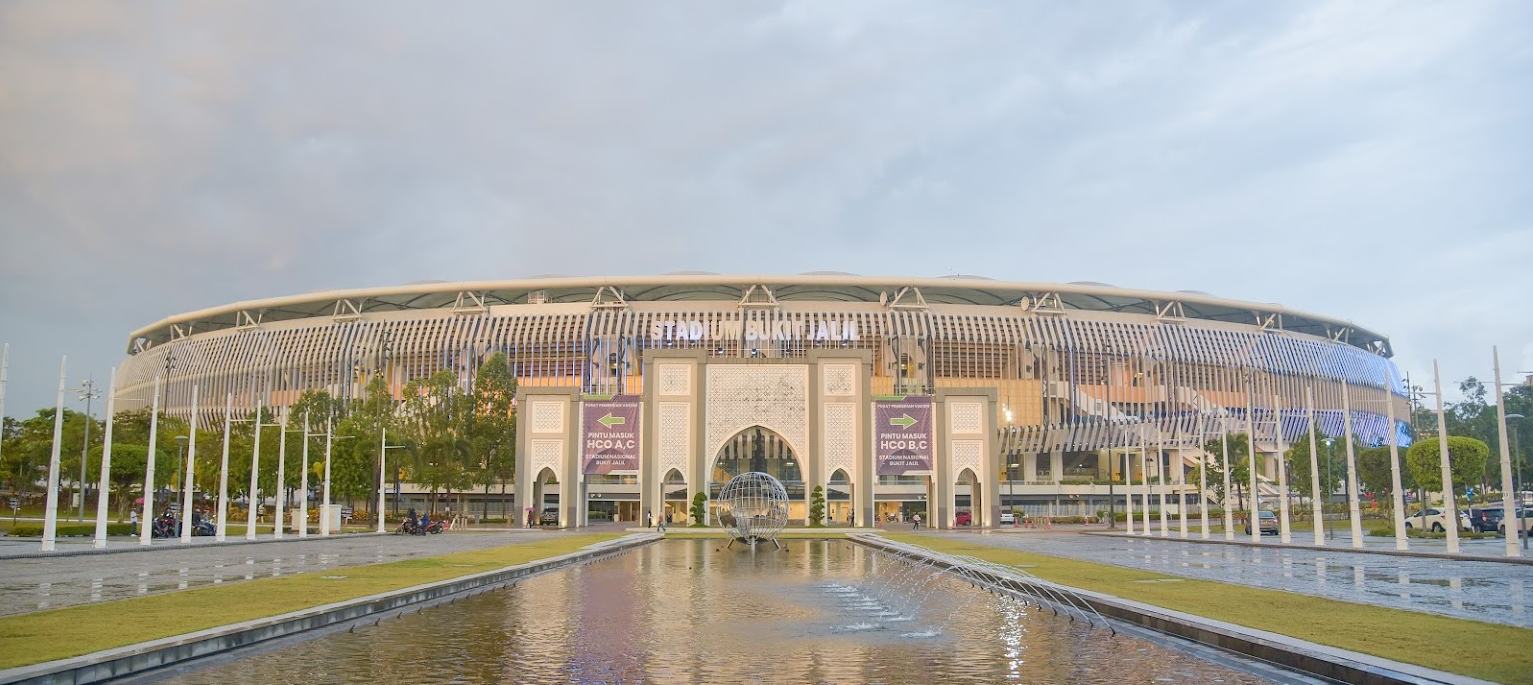
Nestled in the heart of Kuala Lumpur, the Bukit Jalil National Stadium is Malaysia's largest and most iconic sports venue. With a seating capacity of 87,411, it has hosted numerous prestigious events, including the 1998 Commonwealth Games and the Southeast Asian Games. The stadium is an architectural marvel, featuring a distinctive wave-like roof design that provides excellent acoustics and weather protection. It is the crown jewel of the Kuala Lumpur Sports City, a sprawling complex dedicated to promoting sports and healthy living. Bukit Jalil National Stadium is not just a venue for athletic competitions; it is a symbol of national pride and a testament to Malaysia's commitment to fostering a vibrant sports culture. Its state-of-the-art facilities and strategic location make it a favorite choice for international sporting events and concerts, attracting visitors from around the globe.
6. Gelora Bung Karno Stadium: Indonesia's Historic Sporting Venue
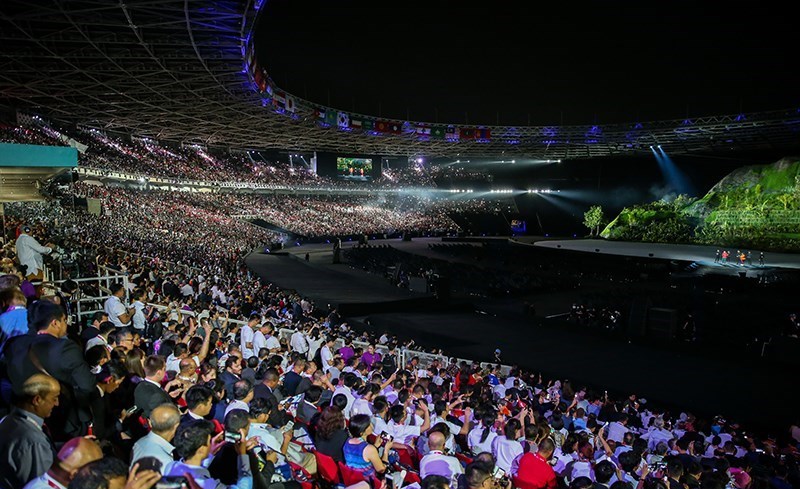
Gelora Bung Karno Stadium, located in Jakarta, Indonesia, is a historic sports venue with a rich legacy. Built in 1962 for the Asian Games, it has a seating capacity of 77,193, making it one of the largest stadiums in Southeast Asia. The stadium is named after Indonesia's first president, Sukarno, and serves as a symbol of national unity and progress. Over the years, it has hosted numerous international sporting events, including the Asian Games, AFF Championship, and AFC Asian Cup. The stadium's recent renovations have enhanced its facilities, ensuring it meets international standards while preserving its historic charm. Gelora Bung Karno Stadium is not just a sports arena; it is a cultural landmark that reflects Indonesia's passion for sports and its aspirations on the global stage.
7. Seoul World Cup Stadium: A Legacy of the 2002 FIFA World Cup
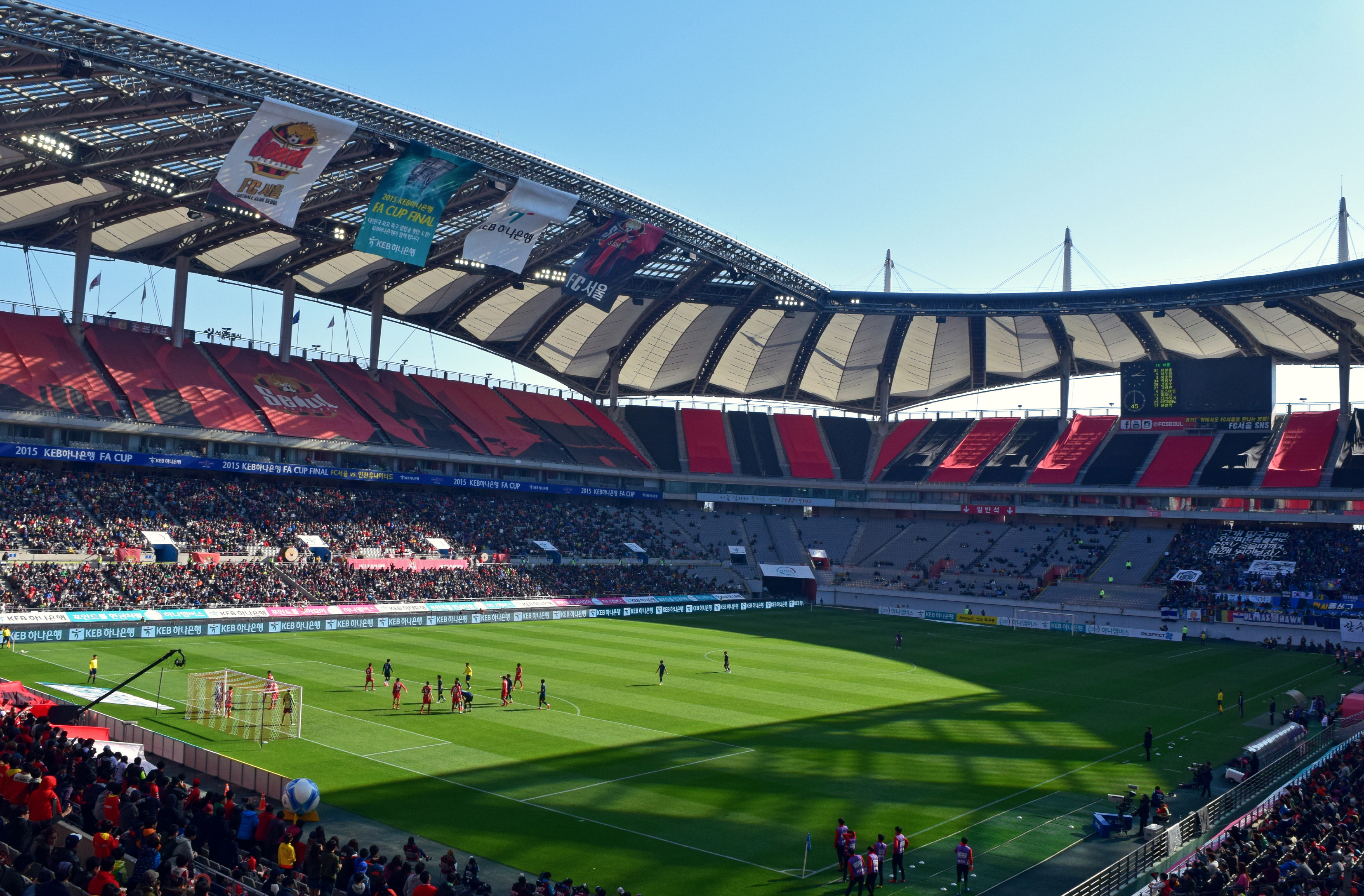
Seoul World Cup Stadium, also known as Sangam Stadium, is a testament to South Korea's successful hosting of the 2002 FIFA World Cup. With a seating capacity of 66,704, it is one of the largest stadiums in the country and a symbol of South Korea's football legacy. Designed to resemble a traditional Korean kite, the stadium's architecture reflects the country's rich cultural heritage. It is home to FC Seoul, one of South Korea's top football clubs, and hosts a variety of sporting events and concerts. The stadium is part of the World Cup Park, a green space that promotes environmental sustainability and community engagement. Seoul World Cup Stadium is more than just a sports venue; it is a cultural hub that brings people together in celebration of sports and entertainment.
8. Rajamangala National Stadium: Thailand's Sporting Beacon
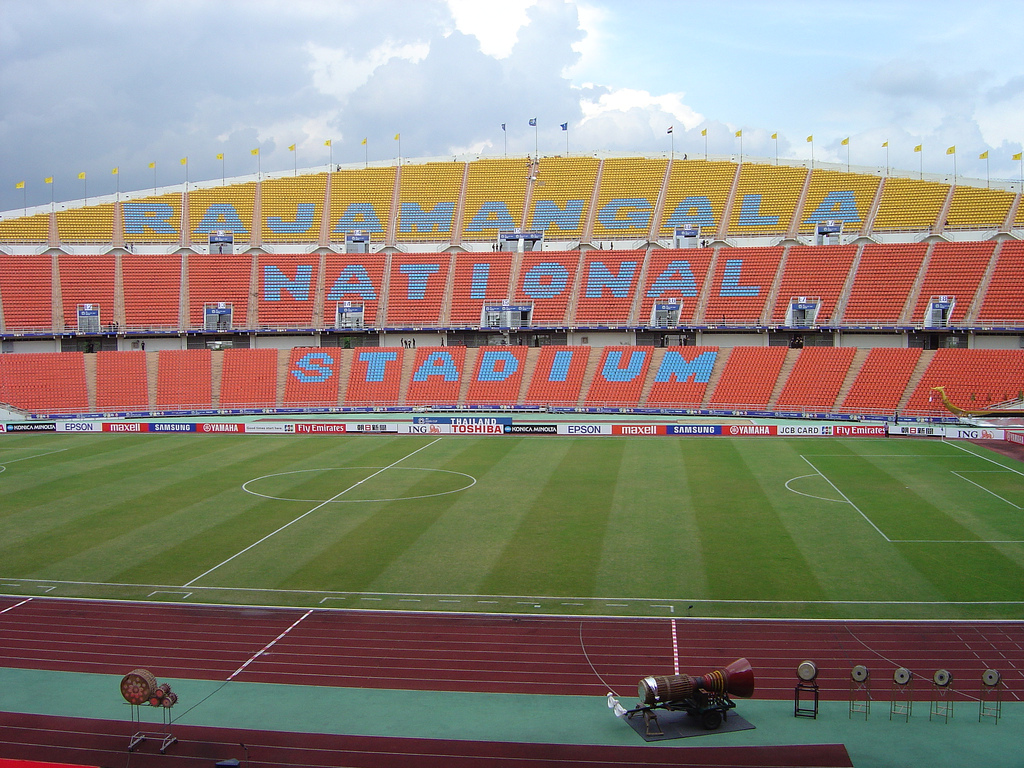
Rajamangala National Stadium, located in Bangkok, is Thailand's largest sports venue, with a seating capacity of 51,552. Opened in 1998, it has hosted numerous international events, including the Asian Games and the ASEAN Football Championship. The stadium is an architectural marvel, featuring a distinctive elliptical design that provides excellent sightlines for spectators. It is the home ground of the Thailand national football team and a symbol of the country's passion for sports. Rajamangala National Stadium is not just a venue for athletic competitions; it is a cultural landmark that reflects Thailand's commitment to promoting sports and healthy living. Its strategic location and modern facilities make it a popular choice for international events, attracting visitors from around the world.
9. Azadi Stadium: Iran's Monument of Freedom and Unity
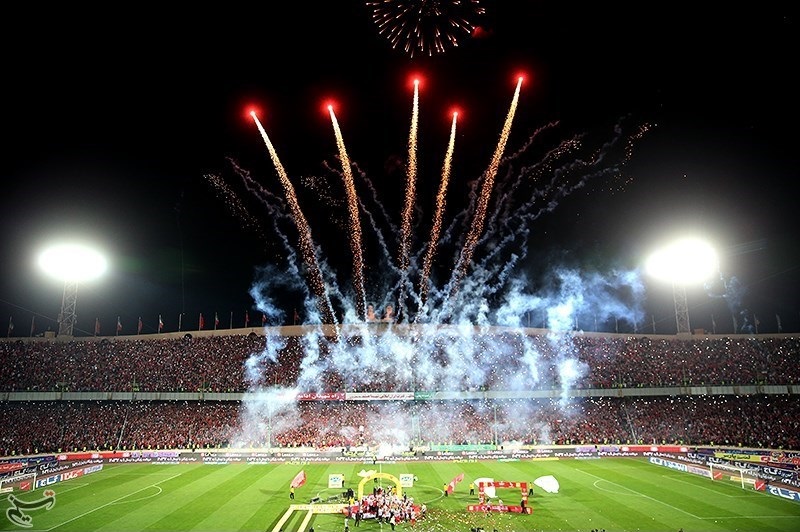
Azadi Stadium, located in Tehran, Iran, is the largest sports venue in the country, with a seating capacity of 78,116. Opened in 1973, it is part of the Azadi Sports Complex and serves as a symbol of national pride and unity. The stadium's name, which means "freedom" in Persian, reflects its significance as a gathering place for the Iranian people. It is the home ground of the Iran national football team and hosts a variety of sporting events and concerts. Azadi Stadium is an architectural marvel, featuring a distinctive oval design that provides excellent acoustics and sightlines. It is not just a sports venue; it is a cultural landmark that reflects Iran's passion for sports and its aspirations on the global stage.
10. King Fahd International Stadium: Saudi Arabia's Sporting Jewel
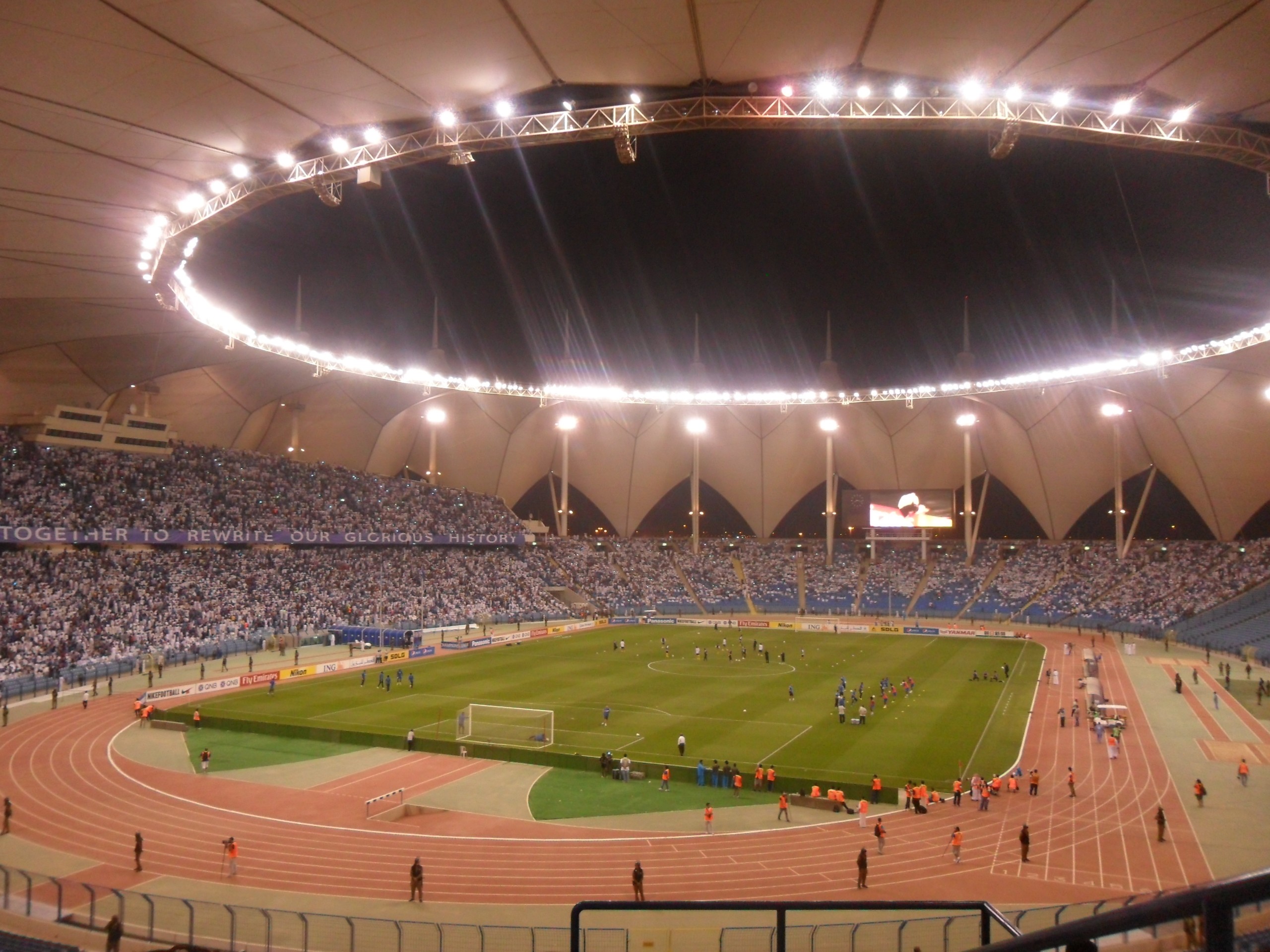
King Fahd International Stadium, located in Riyadh, Saudi Arabia, is the largest sports venue in the country, with a seating capacity of 68,752. Opened in 1987, it is part of the King Fahd Sports City and serves as a symbol of national pride and progress. The stadium is an architectural marvel, featuring a distinctive tent-like roof design that provides excellent acoustics and weather protection. It is the home ground of the Saudi Arabia national football team and hosts a variety of sporting events and concerts. King Fahd International Stadium is not just a sports venue; it is a cultural landmark that reflects Saudi Arabia's passion for sports and its aspirations on the global stage. Its state-of-the-art facilities and strategic location make it a popular choice for international events.
11. Sapporo Dome: Japan's Ingenious Convertible Stadium

The Sapporo Dome, located in Sapporo, Japan, is a unique sports venue renowned for its convertible design. Opened in 2001, it features a retractable field that can switch between a grass football field and an artificial baseball field, making it one of the most versatile stadiums in the world. With a seating capacity of 41,484, it is the home ground of the Hokkaido Nippon-Ham Fighters baseball team and the Consadole Sapporo football club. The stadium's innovative design and state-of-the-art facilities make it a popular choice for international sporting events, including the FIFA World Cup and the Winter Olympics. The Sapporo Dome is a testament to Japan's commitment to innovation and excellence in sports, offering a unique experience for spectators and athletes alike.
12. Hong Kong Stadium: A Hub of Rugby and Entertainment
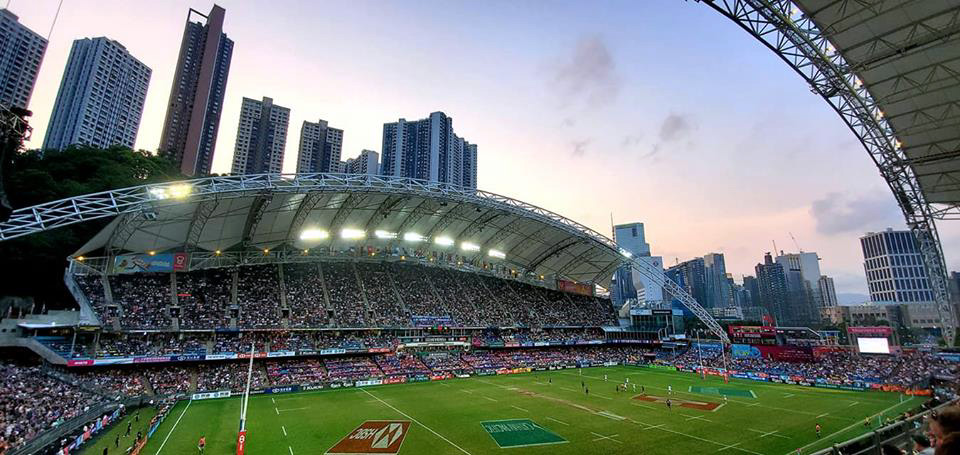
Hong Kong Stadium, located in So Kon Po, Hong Kong, is the largest sports venue in the city, with a seating capacity of 40,000. Opened in 1994, it is the home ground of the Hong Kong national football team and the Hong Kong Sevens rugby tournament. The stadium is an architectural marvel, featuring a distinctive roof design that provides excellent acoustics and weather protection. It is a hub of sports and entertainment, hosting a variety of events, including concerts, cultural festivals, and international sporting competitions. Hong Kong Stadium is not just a sports venue; it is a cultural landmark that reflects the city's passion for sports and its vibrant entertainment scene. Its strategic location and modern facilities make it a popular choice for international events, attracting visitors from around the world.
13. Khalifa International Stadium: Qatar's Gateway to the World Cup

Khalifa International Stadium, located in Doha, Qatar, is a state-of-the-art sports venue that serves as a gateway to the 2022 FIFA World Cup. With a seating capacity of 40,000, it is part of the Aspire Zone, a sports complex dedicated to promoting athletic excellence and healthy living. The stadium's recent renovations have enhanced its facilities, including the addition of a cooling system to ensure spectator comfort in Qatar's hot climate. Khalifa International Stadium is not just a sports venue; it is a symbol of Qatar's ambition and commitment to hosting world-class events. Its strategic location and modern facilities make it a popular choice for international sporting competitions, attracting visitors from around the globe.
14. Singapore National Stadium: A Futuristic Icon of the Lion City
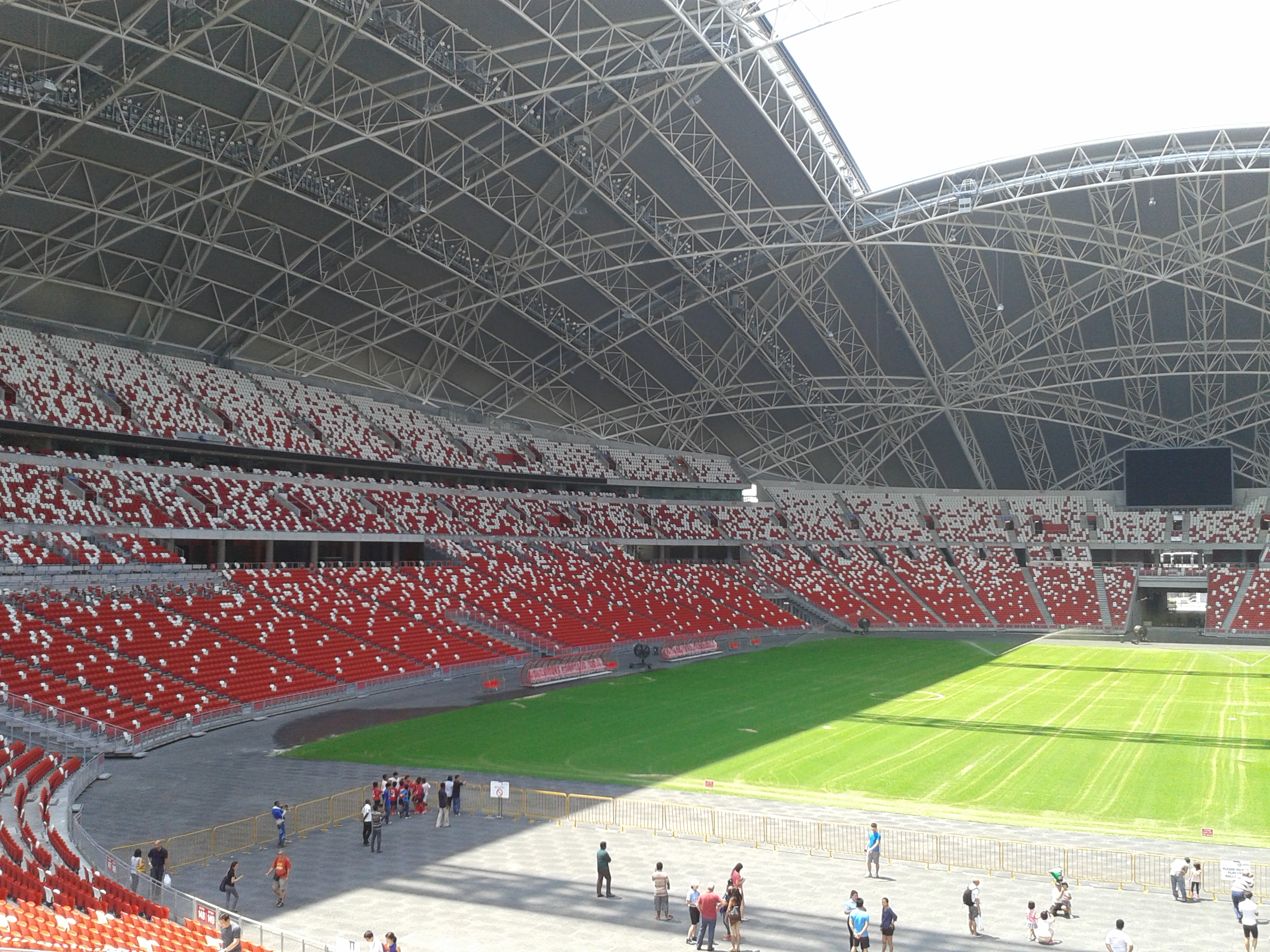
The Singapore National Stadium, located in the heart of the Lion City, is a futuristic sports venue that stands as a symbol of Singapore's ambition and innovation. Opened in 2014, it features a retractable roof and a seating capacity of 55,000, making it one of the most advanced stadiums in the world. The stadium is part of the Singapore Sports Hub, a sprawling complex dedicated to promoting sports and healthy living. It hosts a variety of events, including international football matches, concerts, and cultural festivals. The Singapore National Stadium is not just a sports venue; it is a cultural landmark that reflects the city's passion for sports and its commitment to excellence. Its state-of-the-art facilities and strategic location make it a popular choice for international events, attracting visitors from around the world.
15. Al Maktoum Stadium: Dubai's Sporting Gem
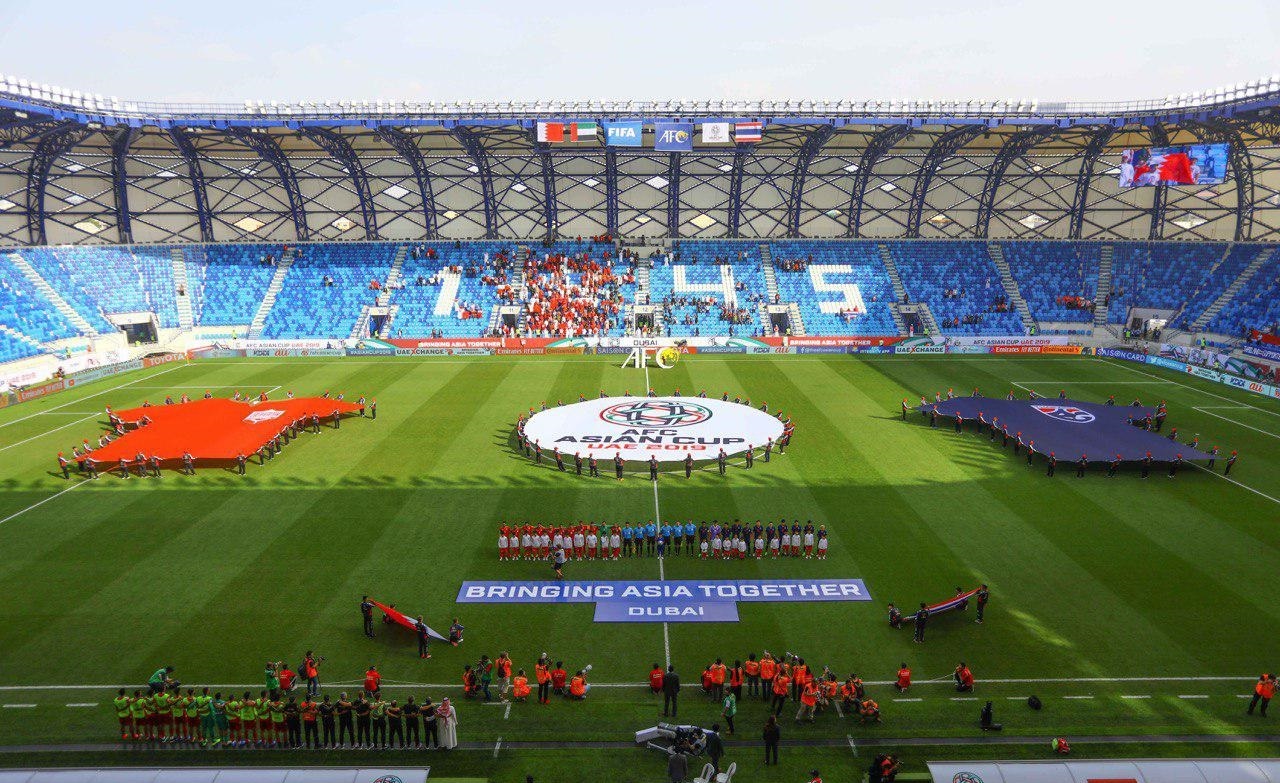
Al Maktoum Stadium, located in Dubai, United Arab Emirates, is a state-of-the-art sports venue that serves as a symbol of the city's ambition and progress. With a seating capacity of 15,058, it is the home ground of the Al Nasr football club and hosts a variety of sporting events and concerts. The stadium's recent renovations have enhanced its facilities, including the addition of a modern roof design that provides excellent acoustics and weather protection. Al Maktoum Stadium is not just a sports venue; it is a cultural landmark that reflects Dubai's passion for sports and its aspirations on the global stage. Its strategic location and modern facilities make it a popular choice for international events, attracting visitors from around the world.
The Unifying Power of Asia's Grand Arenas
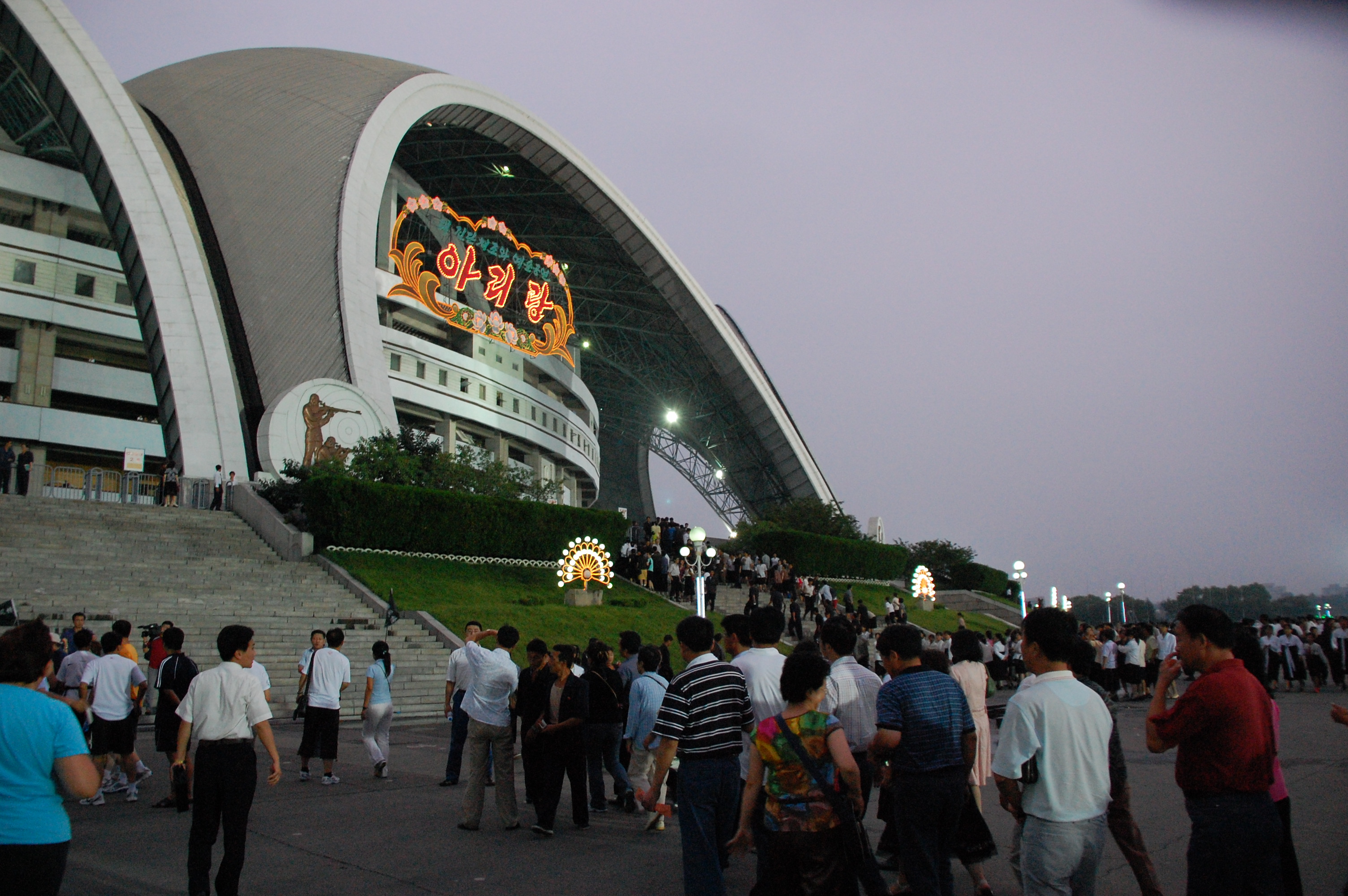
As we conclude our journey through these 15 colossal Asian stadiums, it is evident that these grand arenas are more than just venues for sports and entertainment. They are symbols of cultural pride, architectural innovation, and the unifying power of sports. Each stadium reflects the unique heritage and aspirations of its host city, offering a glimpse into the diverse cultures and traditions that make Asia a vibrant and dynamic continent. These stadiums are not just buildings; they are the heartbeats of their respective communities, bringing people together in celebration of athletic excellence and unity. As Asia continues to grow and evolve, these grand arenas will remain at the forefront of the region's sporting and cultural landscape, inspiring future generations to dream big and reach for the stars.

